Equipment
A Bouncing Idea: The Story of the Sand Wedge
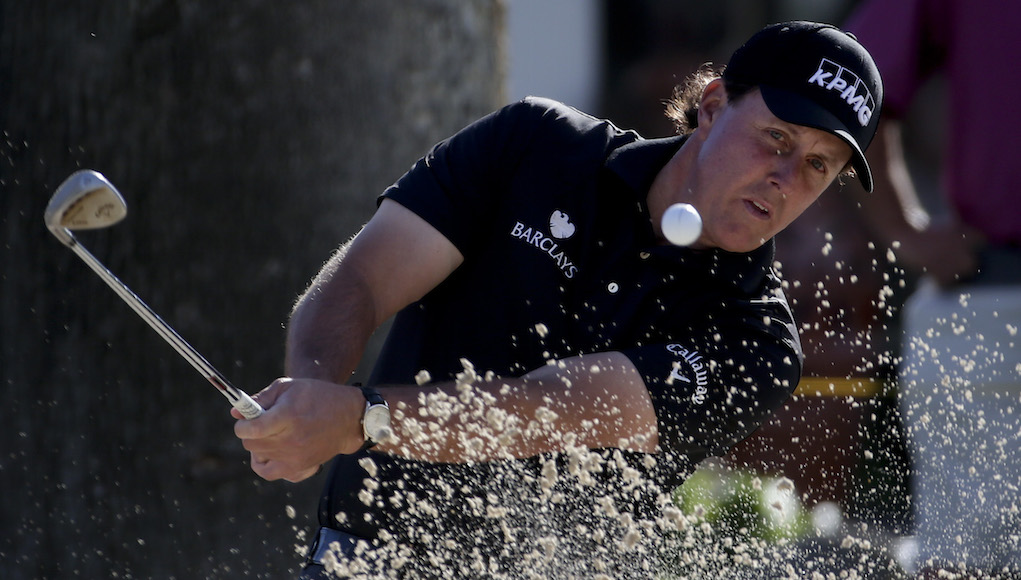
If you’re like me, it’s painful to watch the golf ball tumble into a bunker, or as you Americans like to call them, “traps.” Fear and trepidation soon follow while surveying the next shot from the sandy grave.
We watch in awe as professionals effortlessly splash their escapes exquisitely up to the hole. With endless hours to practice and a technique honed to perfection, these guys make it look easy. In fact, they sometimes prefer sand to greenside rough. The average weekend warrior has a much bigger fear factor and is less concerned in leaving the ball beside the hole as he is in not leaving the ball in the bunker. And the anguish of today’s golfer is only heightened as he sees the ball in anything but a perfect lie on the beach.
Compared to the early days of golf, however, bunker play is relatively easy.
Back in the dark ages when golf was invented, the landscape was not as refined as we know it these days. Golfers had to put up with all sorts of interesting lies including cart paths, (made by horse and carts, not the tarmac cart paths we know of today), ruts, hoof prints and cow pats. In those days, golfers used all sorts of designs to extricate themselves from hazards including the “water iron,” which was used from casual water. Back then, you played the ball as it lay no matter what!
The bunker itself came from our golfing forefathers in Scotland. The first golf courses were built on sand-based links land, and pits appeared that they called “bunkers.” And merely getting the ball out of a bunker was an issue. They were really a hazard and golfers accepted them as a punishment. They were unkempt, were full of stones, shells, weeds, and rocks and didn’t have rakes. They looked like they had been fashioned by men drinking whisky, which was probably not far from the truth. Indeed in early exhibition games, the crowds used to stand in the bunkers to get a better view of matches.
Prior to the 1930s, the best club for short approach shots was the niblick, roughly equivalent to today’s 9-iron or pitching wedge. The design of this club, however, featured a flat, angled face and virtually no sole, making it difficult to use in sand and other soft lies as it was prone to digging into the ground. Players had to pick the ball cleanly off the sand, which required a good lie. The other alternative for bunkers was the jigger; it was similar to a chipper with a short shaft, but little loft. Less loft prevented the club from digging in too much on soft lies, but the compromise was the low launch angle and it was useless at moving through the sand to dig out a buried ball. The club was also not ideal for approach shots from a greenside bunker, as a chip shot made with this club tended to roll for most of its distance. The club designers in those days were often blacksmiths who offered up all sorts of strange solutions to the bunker dilemma. The rake iron (pictured above) was invented by a Scottish optometrist who became fed up of having to remove sand from the eyes of golfers playing at the local links, and created a club designed to cast up less sand when swung.
The governing bodies soon began to clamp down on design and banned many offerings. Spoon clubs offered varying degrees of loft and allowed players to scoop their ball out of sand traps and deep rough. Some had bowl faces, others featured deeply grooved faces, but not all of these designs conformed. Walter Hagen was using a lethal-looking sand wedge in the late 1920s, with a hickory shaft and a smooth concave face with a lot of loft and about a half pound of weight in the flange. This was deemed illegal and soon became outlawed.
It is widely acknowledged that the biggest breakthrough in sand play appeared in the 1930s, and many connect Gene Sarazen with the design of today’s modern sand wedge. The story goes that he dreamed this club up after flying with Howard Hughes, the aviation tycoon, movie producer and scratch golfer. When Hughes’s plane took off, the flaps on the wings came down. We don’t know if alcohol or narcotics were consumed at the time, but Sarazen made a connection between the flaps and the flange you could add to a club that would allow it to slide through the sand and help the ball pop up.
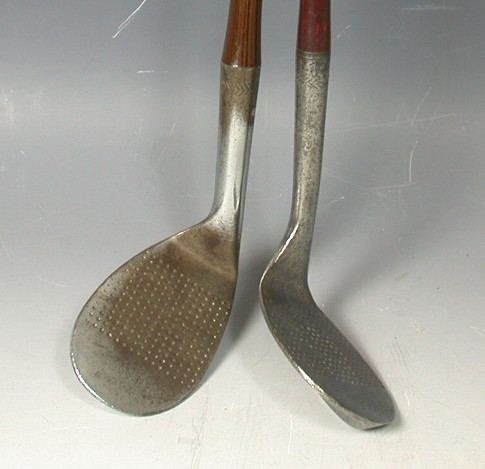
Early Wilson sand wedges.
Sarazen experimented by soldering flanges to his niblicks, which were similar to a modern pitching wedge. Another modification that he made was to add extra lead to the front edge of the club face, allowing it to cut through the sand more smoothly. He sent the clubs to Wilson, and the company used those prototypes to come up with its first sand wedge in the early 1930s with a steel shaft, dot markings on the club face and the amount of flange that is still widely used today. After he won the 1932 British and U.S. Opens with the help of his new club, its popularity quickly grew. Almost 85 years later the club has hardly changed, and you’ll still see Wilson R-20 and R-90 wedges in the bags of golfers today.
Sarazen was also a pioneer of the explosion shot. Up to then golfers tried to pick the ball clean out. By hitting in behind the ball and using the bounce of the club, the sand shot suddenly became more consistent. Of course, Sarazen downplayed it, saying it was the game’s easiest shot because the club face never touches the ball.
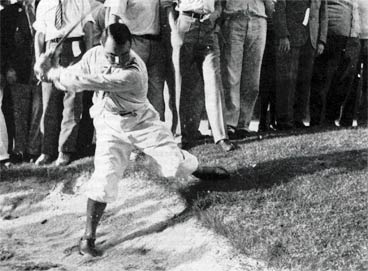
Gene Sarazen hitting a bunker shot.
Today, we are a lot more educated than ever on the design aspects of the sand wedge from the grooves and loft to the bounce. We have so many grind options these days with laser-engraved grooves machined to tolerances previously unachievable. Dave Pelz, Roger Cleveland, Bob Vokey and others are now celebrities of the short game, an industry within the game. The gap and lob wedges were natural additions, driven by marketing demands to sell more clubs, but in truth the basic concepts have only changed marginally. More loft seems to be the current trend, and it’s interesting to see 58-64 degrees as the new norm. I stop at 60, as I have this recurring nightmare of a ball coming straight up and hitting me in the face, but that’s another story
So the next time you find yourself on the beach, think bounce, knock it out and tip your hat to Eugenio Saraceni.
- LIKE142
- LEGIT8
- WOW6
- LOL4
- IDHT2
- FLOP1
- OB0
- SHANK4
Whats in the Bag
WITB Time Machine: Hideki Matsuyama’s winning WITB, 2021 Masters
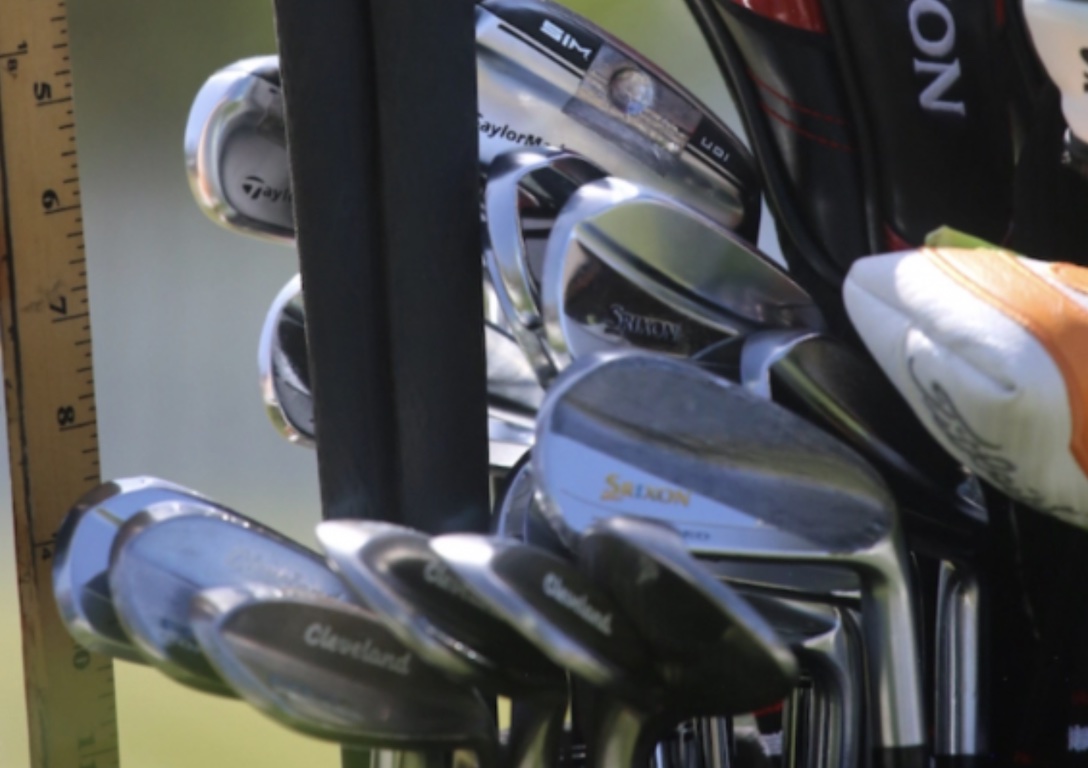
At the 2021 Masters, Hideki Matsuyama broke through to claim his first major championship, winning the first major for Japan in the process. Matsuyama’s led by four strokes entering the final day. Ultimately, a final-round 73 and 10-under tally was one better than Will Zalatoris could manage and Matsuyama donned the green jacket.
Take a look at the clubs Matsuyama had in play three years ago below.
Driver: Srixon ZX5 (9.5 degrees, flat)
Shaft: Graphite Design Tour AD DI 8 TX
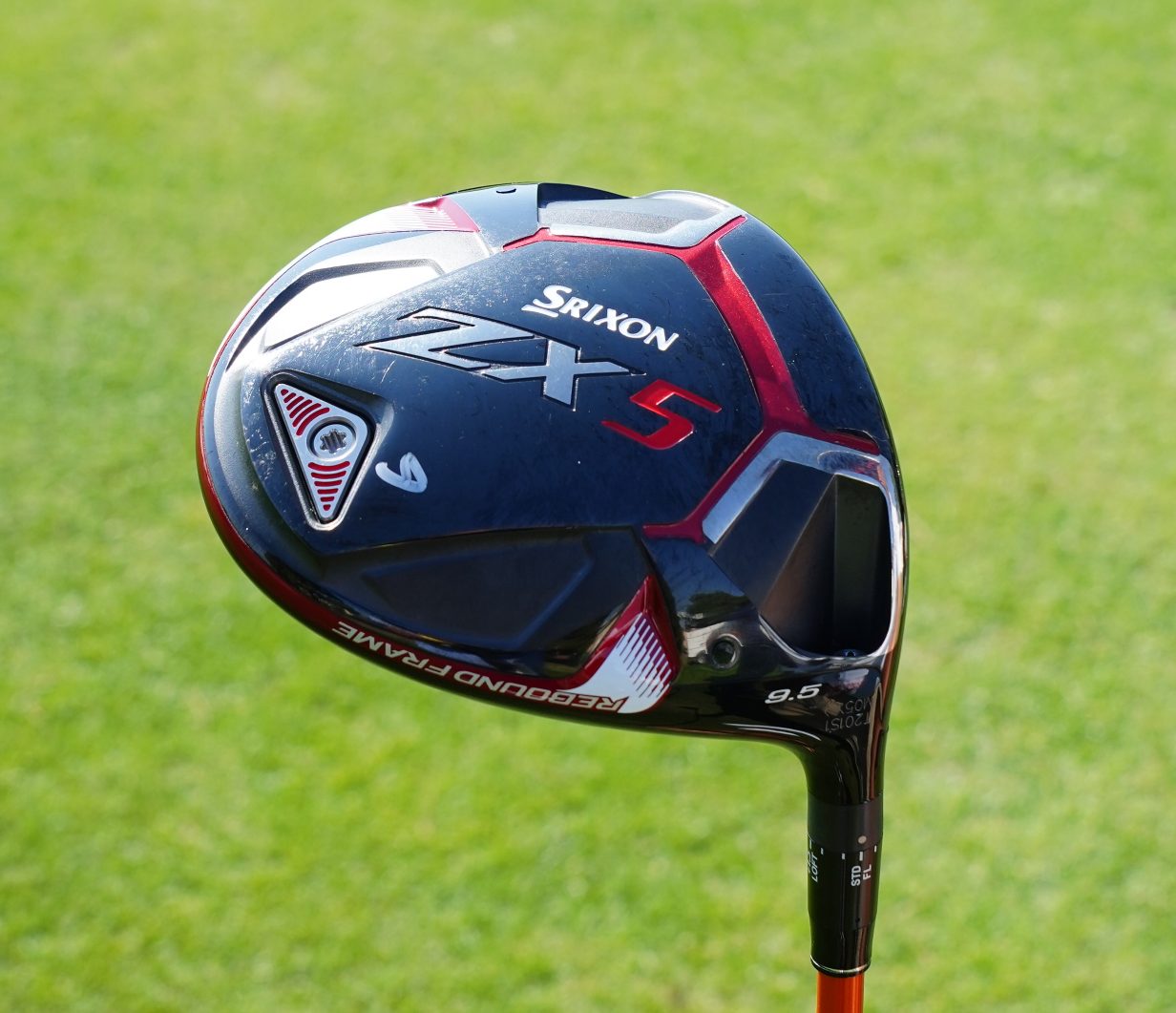
Photo credit: Yoshihiro Iwamoto
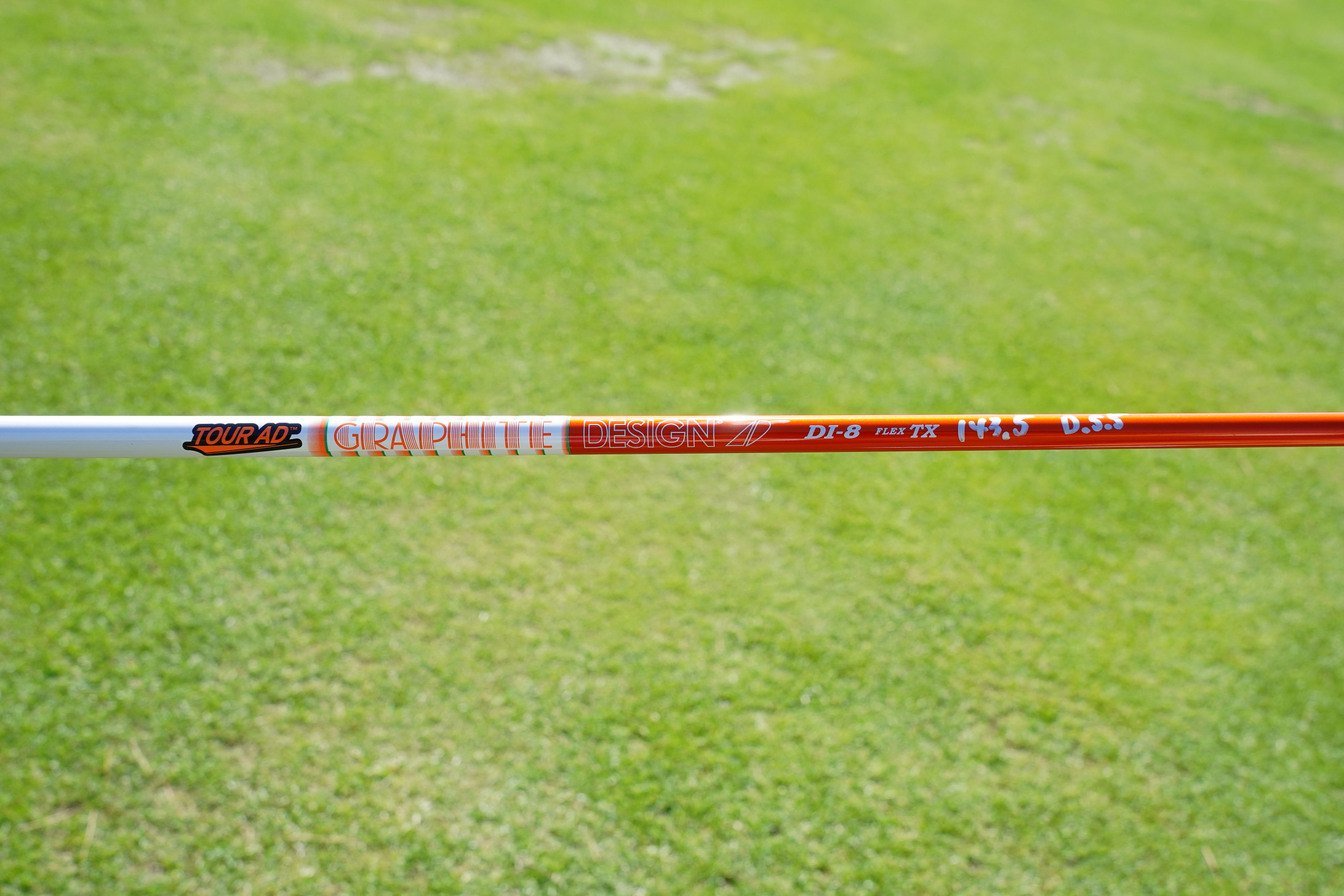
3-wood: TaylorMade SIM2 Titanium (15 degrees)
Shaft: Graphite Design Tour AD DI 9 TX
Utility: TaylorMade SIM UDI (3)
Shaft: True Temper Elevate Tour X100
Irons: Srixon Z-Forged (4-PW)
Shafts: True Temper Dynamic Gold Tour Issue S400
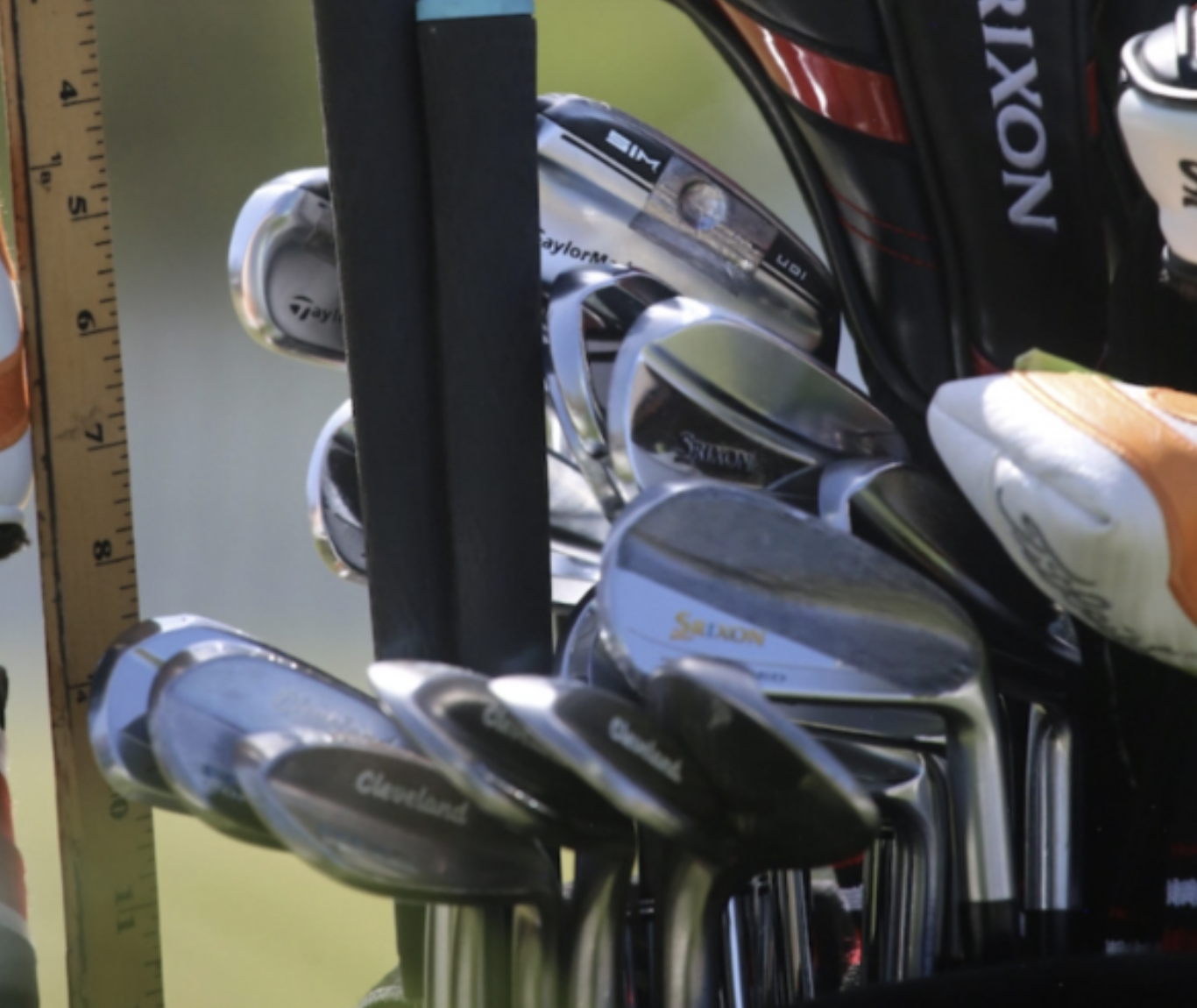

Wedges: Cleveland RTX 4 Forged Prototype (52-10, 56-8 @57.5, 60-08 @62)
Shafts: True Temper Dynamic Gold Tour Issue X100 (S400 in 52)
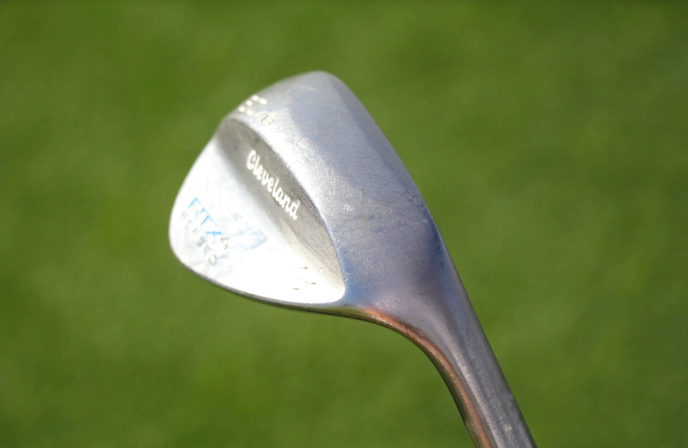
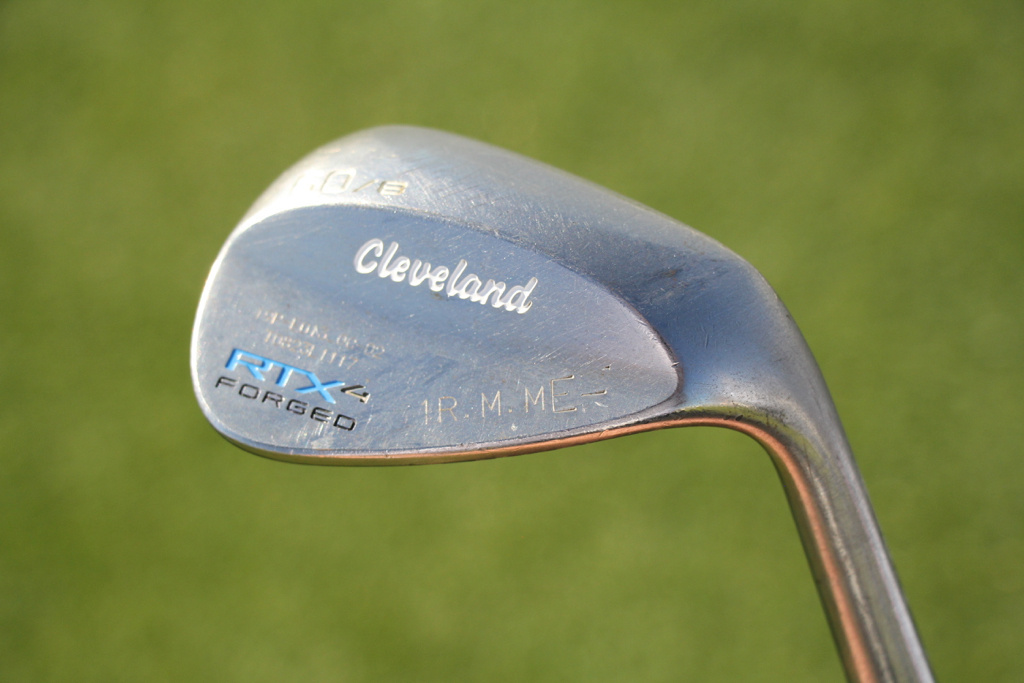
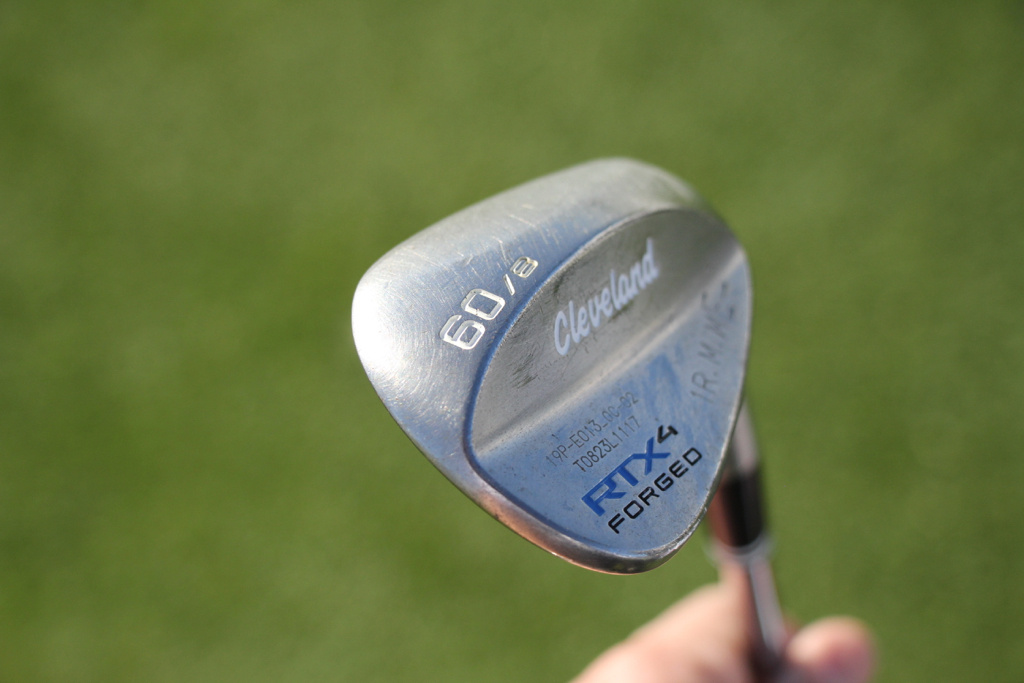
Putter: Scotty Cameron Newport 2 GSS
Grip: Lamkin Deep-Etched Full Cord
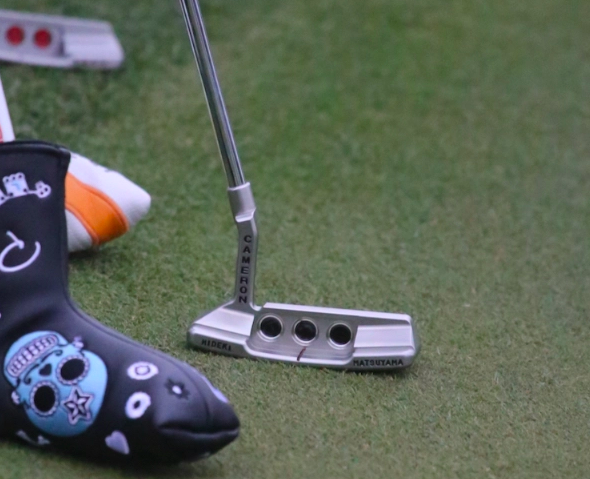
Ball: Srixon Z-Star XV
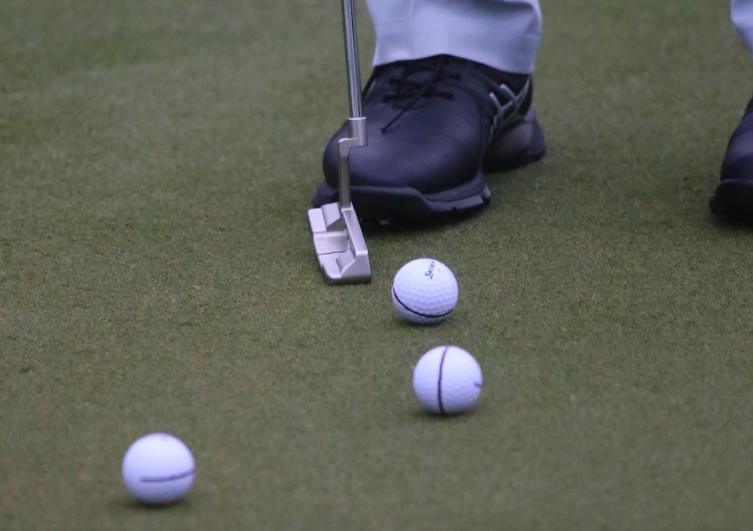
Grips: Iomic X
- LIKE2
- LEGIT1
- WOW1
- LOL0
- IDHT0
- FLOP0
- OB0
- SHANK0
Equipment
Best irons in golf of 2024: The shotmakers

In our effort to assemble the 2024 best irons, we have again compiled an expert panel of fitters to help you find out which of the 2024 irons is best for your game.
Ultimately the best way to find your personal best iron set is to work with a professional fitter using a launch monitor. The difficult part is a lot of people don’t have easy access to fitters, launch monitors, and club builders — so at GolfWRX, we have done a lot of the work for you.
We are in the era of not just maximizing distance but also minimizing the penalty of common misses for each player — this applies to irons just as much as it does with any other club in the bag. And of course, proper set makeup and gapping is essential. This is why, now more than ever, custom fitting is essential to help you see results on every swing you make.
We want to give you the tools and information to go out and find what works best for you by offering recommendations for your individual iron set wants and needs with insight and feedback from the people who work every single day to help golfers get peak performance out of their equipment.
Best irons of 2024: The process
The best fitters in the world see all the options available in the marketplace, analyze their performance traits, and pull from that internal database of knowledge and experience like a supercomputer when they are working with a golfer.
It’s essentially a huge decision tree derived from experience and boiled down to a starting point of options—and it has nothing to do with a handicap!
Modern iron sets are designed into player categories that overlap the outdated “what’s your handicap?” model, and at GolfWRX we believe it was important to go beyond handicap and ask specific questions about the most crucial performance elements fitters are looking at.
These are the best iron categories we have developed to help you determine which category is most important for your swing and game.
Best irons of 2024: The categories
- Overall performance
- Easiest to launch/Slower swing speed
- Pure enjoyment
- Shotmakers
- Most technology-packed
- Best blade
2024 Best irons: The shotmakers

Each one of these irons was designed with a single purpose: to provide the ultimate shotmaking weapon. You don’t have to be a tour player to appreciate the pleasure of hitting a well-struck shot with a club engineered to offer superior feedback. This category is all about control — and that doesn’t mean it “has to be a blade.”
Titleist T100

Their story: The “players iron” of the new T-Series family, the T100 iron features an all-new Tour-designed sole, which was inspired by discussions with both the tour staff and the Vokey wedge design team. It features a new variable bounce sole design, which provides less bounce in the heel and more bounce in the toe to facilitate better turf interaction and improved feel.
Fitter comments:
- “More tech than blades but just as workable. It’s why it gets play on tour. Not a lot of offset and fairly traditional lofts as these want to create some spin for maintaining a steep enough landing.”
- “Number one played iron on tour. It definitely gets the love it deserves for sure…especially from a turf interaction standpoint. It definitely gets to the turf nice and quick compared to some of the previous generations.”
- “Incredible feel and feedback while offering a good amount of forgiveness in this category. Can play it from any lie and hit any shot…one of the most played irons on tour for a reason.”
- “It has good feel. It’s really forgiving for that compact-looking head. It’s got a great sole on it that works really well. It’s got weaker loft, and so therefore it’s going to spin more. It’s really good for the guy with a lot of speed, because it’s not going to jump and go all over the place.”
- “It’s always been one to throw in the mix for that player who comes in looking for a players iron but not quite a blade. They’ve just slowly kind of kept working on that, that product that’s been in their cycle for a while. I don’t want to say it’s kind of gold standard-like, but that’s definitely one that’s going to be in the mix.”
For more photos/info, read our launch piece.
Srixon ZX7 Mk II

Their story: The players iron ZX7 Mk II features PureFrame: an 80-percent thicker portion of 1020 carbon steel forged behind the sweet spot in the body of the iron for soft-yet-solid-feeling impact. Also significant to the design: A refined Tour V.T. Sole Proprietary sole widths, bounce angles, and notches in the heel and toe of the club aid clean contact from a variety of lies.
Fitter comments:
- “What I love about that is for that guy that hits it, like square on the face of the golf club. It’s, this is the way I kind of explain to customers and they hit it like, it’s not gonna be the longest. It’s probably not gonna be the straightest, but you will hit seven iron in the exact same distance every time you hit it. And, and I think that’s the appeals to that better player because like very rarely do.”
- “I’m a personal fan of it. No hot face. No jumpers, does a great job of controlling the spec which we like a lot…quite forgiving. That’s a, that’s a, that’s a major player in that category.”
- “I mean, two of the five fitters out here play them. I mean, they’re awesome, like they’re still, you know, a small compact players iron, but you still get a lot of help and forgiveness out of them, which I like. You see a lot of these on tour that are non, you know, non-contract guys playing them.”
- “They did a really good job of not screwing up a good thing. ZX7 was fantastic. It seemed like 50 percent of the non-contract guys in pro golf played that iron. It continues to give very consistent numbers. The better player wants a consistent number. They need to know it’s going to go that distance. This club does that very well.”
- “Srixon has been the “sleeper” iron company for a number of years now, but I think the secret is out. The ZX7 Mk II fit many different player types, from tour pro to mid-handicapper. The forging is very soft and forgiving, and the iron is very workable for the player with more ability. They didn’t change the shape from ZX7 to Mk II, and I think that’s a great thing.”
For more photos/info, read our launch piece.
Callaway Apex CB

Their story: Callaway touts an all-new forged construction in its 2024 Apex CB irons and its associated feel and workability. Forged from 1025 carbon steel in a five-step process, Apex CB ‘24 irons also feature MIM weighting in the toe and similar progressive CG and Dynamic Sole Design to the Apex MB irons.
Fitter comments:
- “Excellent offering. Clean and easy to aim. Always a great iron.”
- “Yeah, from my understanding, TCB, like that was kind of its replacement. and TCB was not easy to hit, in my opinion. I find that the guys are hitting it. It’s actually, it’s pretty forgiving for what it is. Guys that are looking for more of that just kind of solid piece, they don’t want to get any of that hollow stuff.”
- “I really like it. I think it’s a great club. It’s a little, a little above my pay grade in terms of skill, but a really good feeling club. It seems like it’s a good iron all around for that player who, you know, is looking for that CB or that better-player type club.”
- “I think for that guy who wants something that feels good, that CB just feels fantastic and for how dinky and tiny that thing is, I think it’s not unforgiving. And it just kind of checks all the boxes from a look, sound and feel standpoint. It’s definitely a really good, really good iron for sure.”
For more photos/info, read our launch piece.
Mizuno Pro 243

Their story: 4- through 7-irons are Grain Glow Forged HD from a single billet of 4120 Chromoly steel, while 8-GW are forged from 1024 Elite Mild Carbon steel. 4 through 7 irons feature a Flow Microslot for faster ball speeds and increased launch (thanks to more rebound area. The soles of the 243 irons are equipped with a Wrap Around Sole Grind for better turf interaction as well as increased bounce angle. The Soft Copper Underlay is again present as is the Full Satin Brush finish.
Fitter comments:
- “Amazing forgiveness and workability in this category. The turf interaction is awesome for those who draw and fade the ball.”
- “Best looking of the shot-making irons.”
- “Minor refinements from the last one. And for the category of iron, it’s pretty forgiving. They cleaned up the cosmetics a little bit. I mean, it’s a really, really, really good iron for sure.”
- “Mizuno, the, the 243, you know, that’s another great one. Forged one-piece golf club that’s super solid — no jumpers, Very similar to the ZX 7 but looks better.”
- “That one continues to be kind of like a unicorn in this category because I like the ball speed…Like almost to the guy, we get more ball speed with that thing.”
For more photos/info, read our launch piece.
Ping Blueprint S

Their story: Developed after extensive testing with top Ping professionals, the Blueprint S features a forged cavity-back design, influenced by Ping’s existing “S” series irons. The compact shape, thin top line, and minimal offset make it visually appealing to forged club/blade enthusiasts. The forged 8620 carbon steel head has a clean cavity design with a textured pattern and hydropearl 2.0 chrome finish. Precision-milled grooves and a high-density toe screw enable swingweight fine-tuning.
Fitter comments:
- “These things are pretty looking. The reduced offset and thinner topline makes this look like a blade, but you get the help and forgiveness. These are fast through the turf and are super easy to work.”
- “The performance of the iron, it’s great. It’s a rare forged iron from Ping. It looks good. It’s very forgiving. It’s probably the best-performing iron in its category. We’ve been getting a lot of people asking about it. We’ve seen some guys pair it with a blueprint T, a little bit. It looks really good. It’s their best looking one by far.”
- “I’m a big fan of that iron. I was little surprised by it. I thought it was going to be kind of intimidating from all the tour use and then getting it out on the course. It’s actually a pretty playable iron. It’s been the winner in that category for us.”
- “What you’ve got is a forged golf club that’s designed by Ping where, you know, they’re always going to the performance first and look and feel second and now you’ve got something that’s got the look and feel that a lot of good players want to feel and great performance.”
- “I think it’s something that they needed to fill that niche for that forged kind of guy that’s more compact without going into like the old blueprint or the Blueprint T…super tiny blade.”
For more photos/info, read our launch piece.
Best irons of 2024: Meet the fitters
- Adam Rathe: Club Champion
- Adam Scotto: Club Champion
- Adam Seitz: Club Champion
- Aidan Mena: Club Champion
- Alex Dice: Carl’s Golfland
- Alex Praeger: Club Champion
- Ben Giunta: The Tour Van
- Blake Smith, PGA: True Spec
- Bo Gorman: True Spec
- Brad Coffield: Carl’s Golfland
- Brett Ott: Club Champion
- Brian Riley: Club Champion
- Cameron Scudder: Club Champion
- Carmen Corvino: True Spec
- Christian Sandler: Club Champion
- Clare Cornelius: Cool Clubs
- Dan Palmisano: Club Champion
- Dane Byers: Club Champion
- Darren Joubert: Club Champion
- Dennis Huggins: Club Champion
- Drew Koch: Club Champion
- Eric Touchet: Touchet Performance Golf
- Erik Gonzales: Club Champion
- Evan Morrison: Club Champion
- Gus Alzate: True Spec
- Jake Medlen: Stripe Show Club Fitters
- Jake Woolston: Club Champion
- Jake Wynd: Club Champion
- Jay Marino: Club Champion
- Jeremy Olsen: Club Champion
- Jim Yenser: Club Champion
- Joe Stefan: Club Champion
- Joey Simon, PGA: Club Champion
- Jonathan Kaye: Club Champion
- Jordan Patrick: True Spec
- Jordan Rollins: Club Champion
- Kevin Arabejo: Club Champion
- Kevin Downey: Club Champion
- Kirk Oguri: Pete’s Golf
- Kyle Lane: Club Champion
- Kyle Murao: Club Champion
- Marc Roybal: True Spec
- Mark Hymerling: Club Champion
- Mark Knapp: Carl’s Golfland
- Matt Miller: Club Champion
- Matt Rish: Club Champion
- Matthew Gandolfi: Club Champion
- Mike Martysiewicz: Club Champion
- Mike Weis: Club Champion
- Mitch Schneider: Club Champion
- Nicholas Barone: Club Champion
- Nick Sherburne: Club Champion
- Nick Waterworth: Haggin Oaks
- Preston Vanderfinch: Club Champion
- Rick Lane: Club Champion
- Rob Anderson, PGA: Club Champion
- Russell Hubby: Club Champion
- Ryan Fisher: Grips Golf
- Ryan Grimes: Club Champion
- Ryan Johnson: Carl’s Golfland Bloomfield Hills
- Sam Kim: True Spec
- Scott Sikorski: Club Champion
- Scott Felix: Felix Club Works
- Scott Trent: Club Champion
- Sean Pfeil: Club Champion
- Shaun Fagan: True Spec
- Steve Harrow: Club Champion
- Tad Artrip: Club Champion
- Thomas Mattaini: Pull the Pin
- Tony Rhode: True Clubs
- William Buse: Club Champion
- William Cho: NovoGolf
- William Fields: Club Champion
RELATED: Best driver 2024
- LIKE8
- LEGIT2
- WOW0
- LOL0
- IDHT0
- FLOP0
- OB0
- SHANK2
Whats in the Bag
WITB Time Machine: Patrick Reed’s winning WITB, 2018 Masters
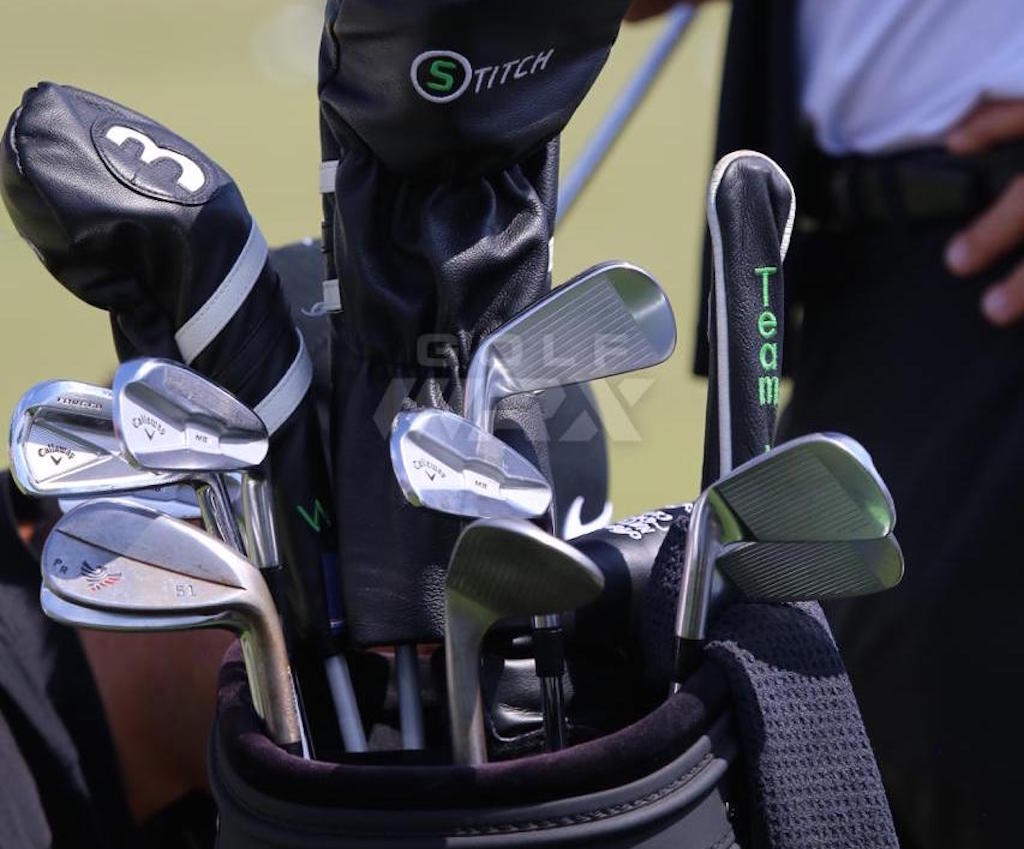
At the 2018 Masters, Patrick Reed bested Rickie Fowler by a stroke at Augusta National to win his first major championship.
See the clubs Reed used to fire his final-round 71 below.
Driver: Ping G400 LST (10 degrees)
Shaft: Aldila Rogue Silver 110 M.S.I. 70 TX
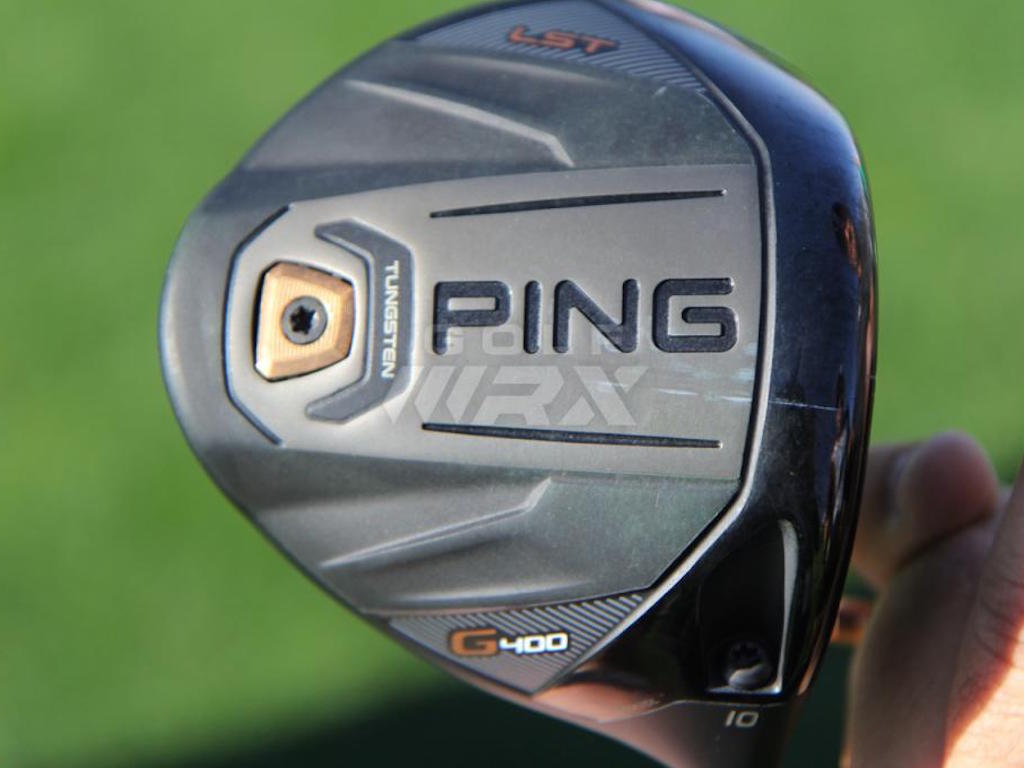
3-wood: Nike VR Pro Limited Edition (15 degrees)
Shaft: Aldila Rogue Silver 110 M.S.I. 80 TX
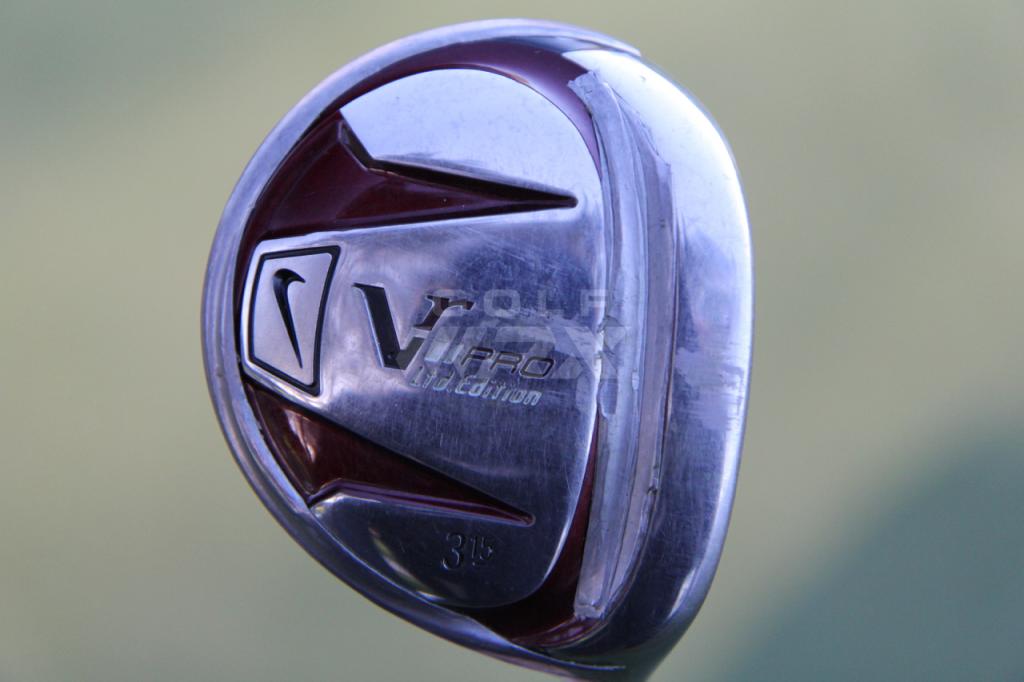
Driving iron: Titleist 716 T-MB
Shaft: True Temper Dynamic Gold Tour Issue 120 X100
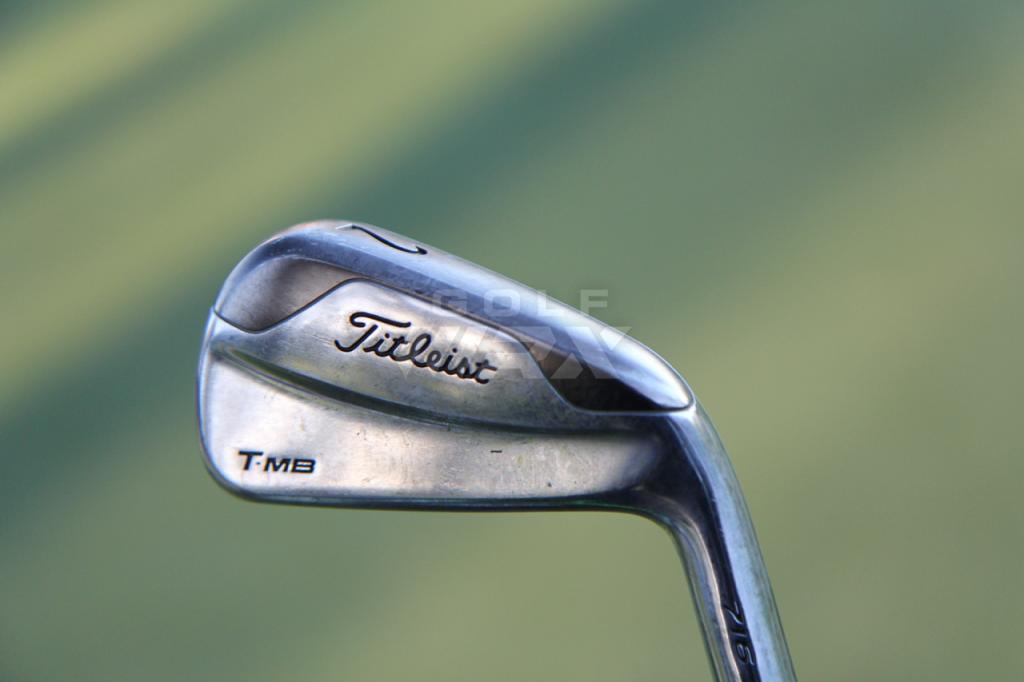
Irons: Callaway X Forged 2013 (4), Callaway MB-1 (5-PW)
Shaft: True Temper Dynamic Gold Tour Issue X100
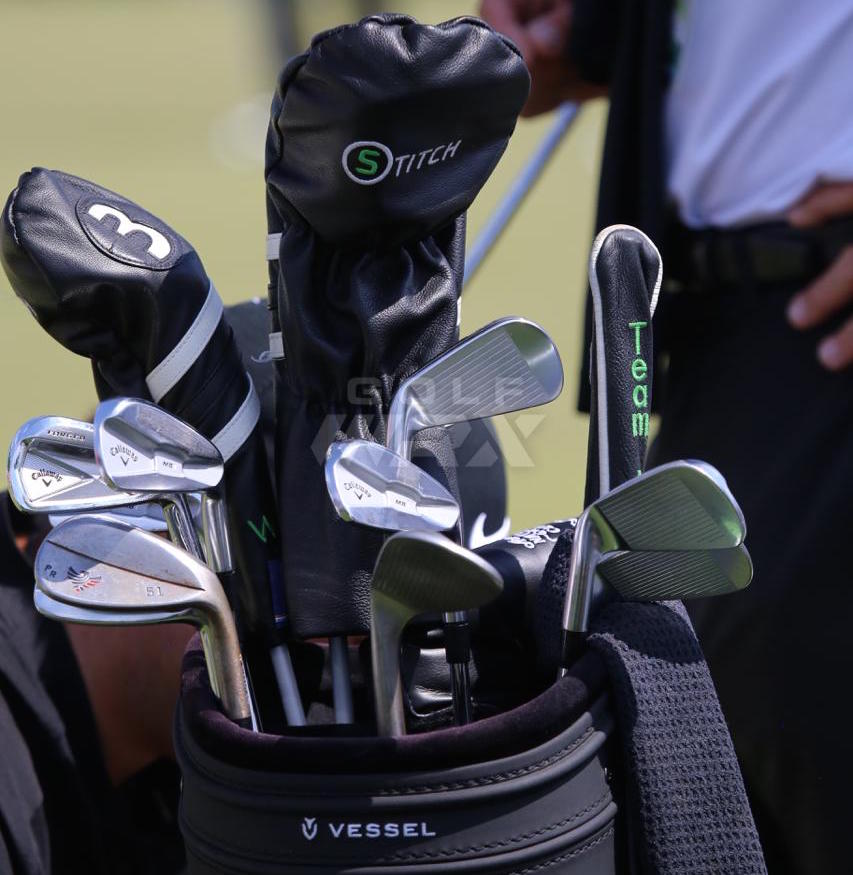
Wedges: Artisan Prototype (51 and 56 degrees), Titleist Vokey Design SM5 (61 degrees)
Shaft: True Temper Dynamic Gold Tour Issue S400
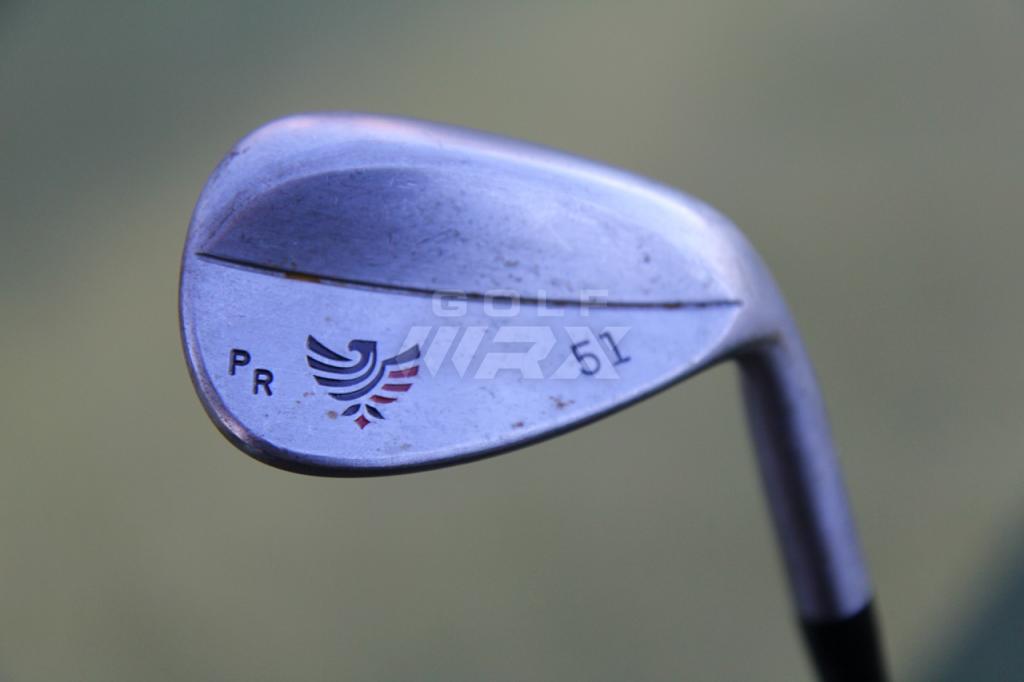
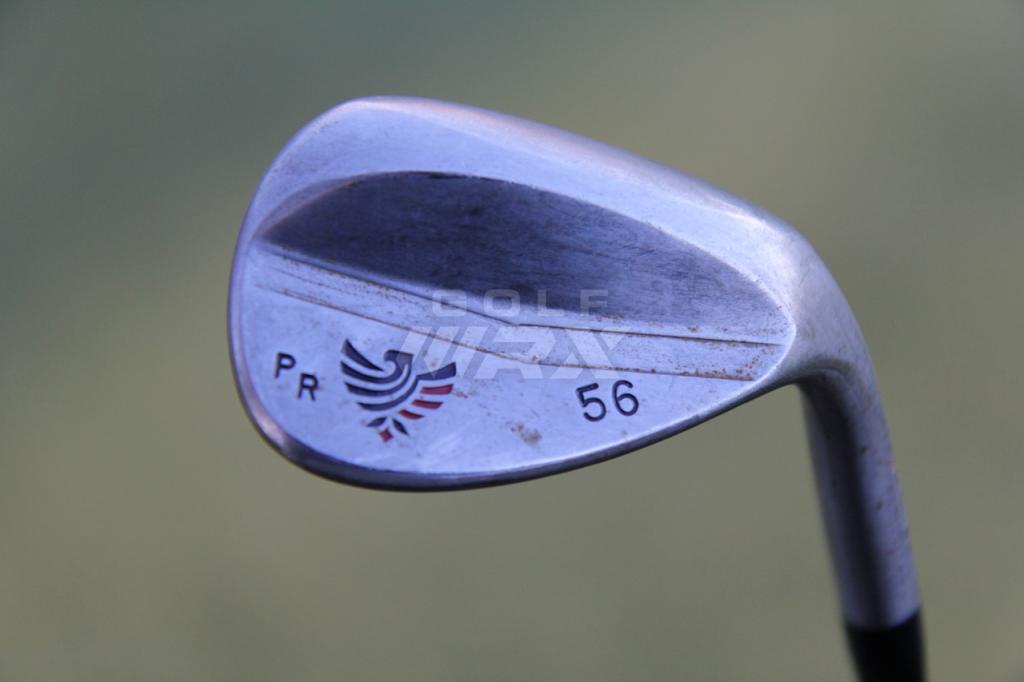
Putter: Odyssey White Hot Pro 3
Grip: Iomic Standard Red Pistol
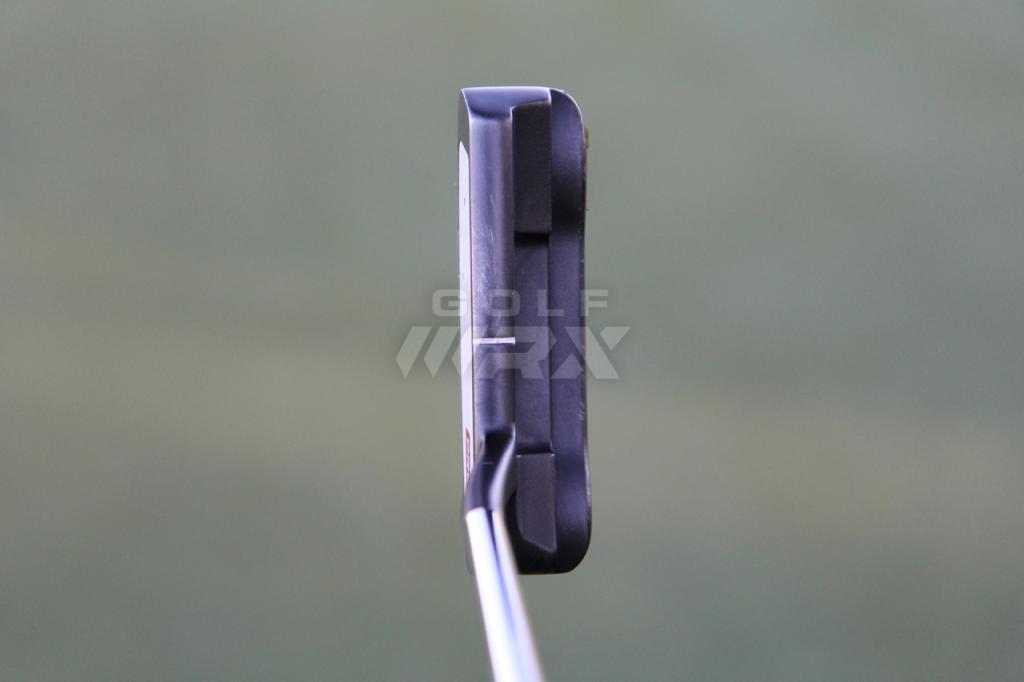
Ball: Titleist Pro V1
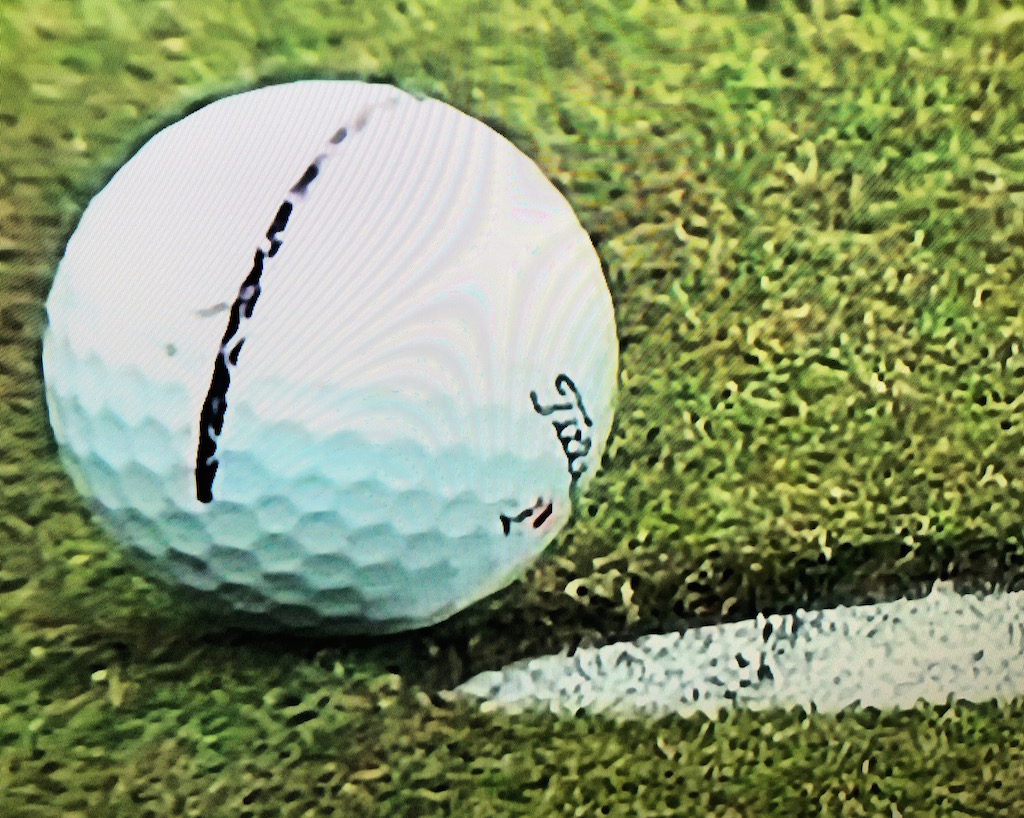
Grips: Golf Pride MCC (All black, installed logo down, with two wraps of double-sided tape)
- LIKE0
- LEGIT0
- WOW0
- LOL0
- IDHT0
- FLOP0
- OB0
- SHANK0
-

 19th Hole2 weeks ago
19th Hole2 weeks agoJohn Daly stuns fans into silence with brutal opening tee shot on PGA Tour Champions
-

 19th Hole1 week ago
19th Hole1 week agoThings got heated at the Houston Open between Tony Finau and Alejandro Tosti. Here’s why
-

 19th Hole1 day ago
19th Hole1 day agoTiger Woods arrives at 2024 Masters equipped with a putter that may surprise you
-

 19th Hole6 days ago
19th Hole6 days agoReport: Tiger Woods has ‘eliminated sex’ in preparation for the 2024 Masters
-

 19th Hole3 weeks ago
19th Hole3 weeks ago2-time major champ announces shock retirement from the sport at age of 33
-

 19th Hole2 weeks ago
19th Hole2 weeks agoCharlie Woods finds it tough going on American Junior Golf Association debut
-

 19th Hole1 week ago
19th Hole1 week agoAddiction, spinal fusion, and scam artists – Everything Anthony Kim revealed in candid interview with David Feherty
-

 19th Hole5 days ago
19th Hole5 days agoAnthony Kim says doctors told him that he ‘may not have much time left’ ahead of LIV return

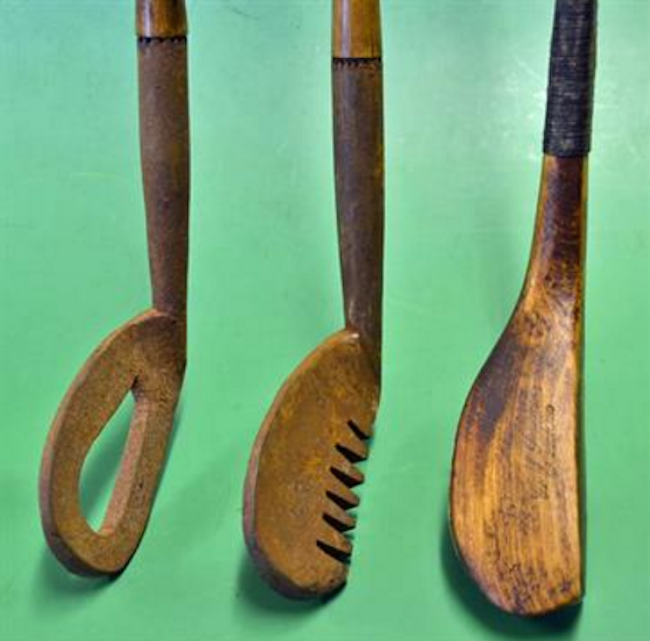
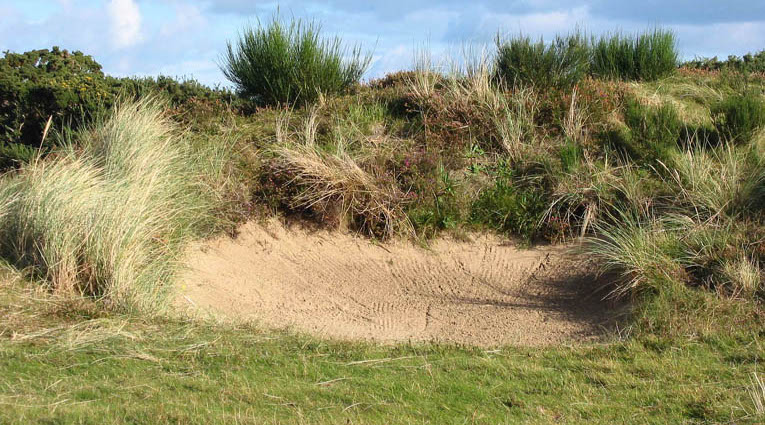
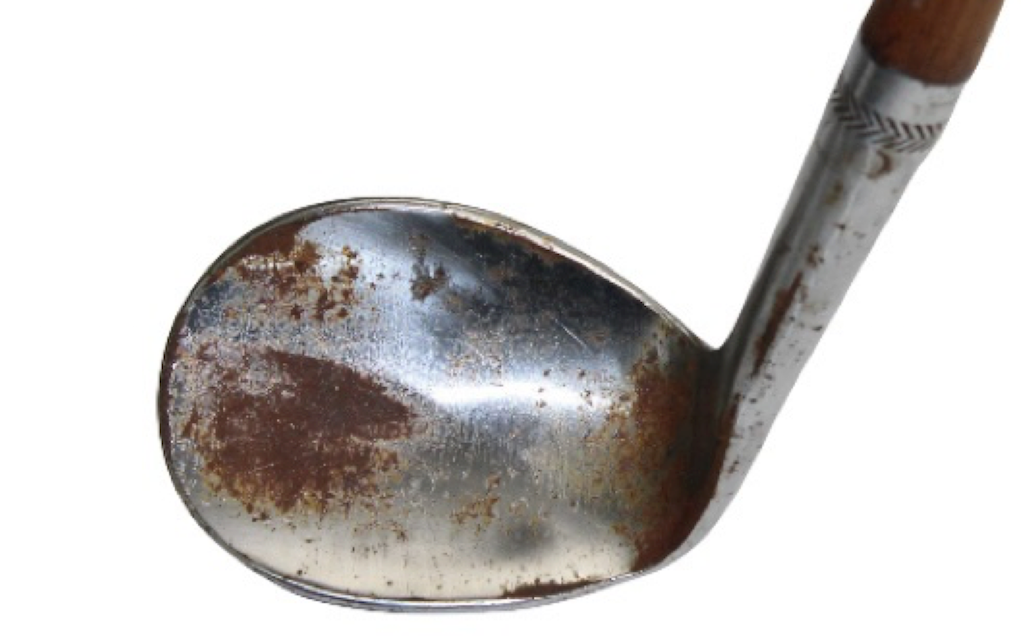


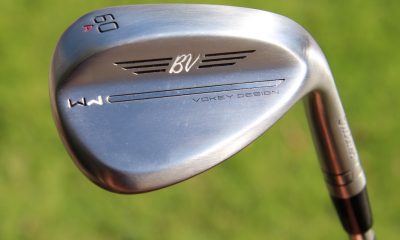

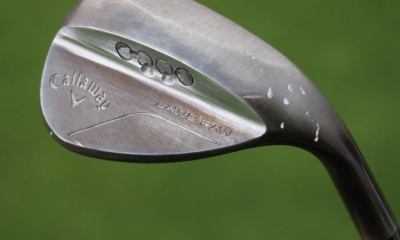

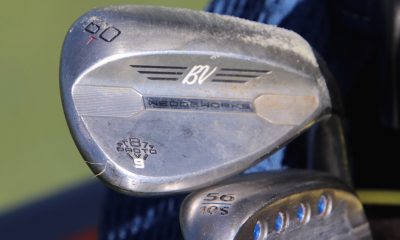

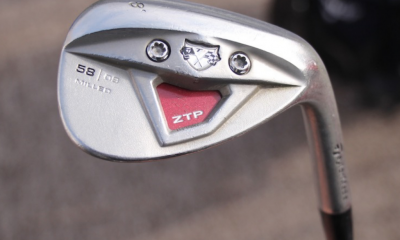

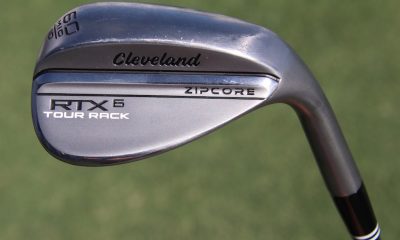

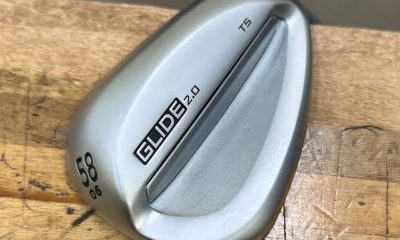













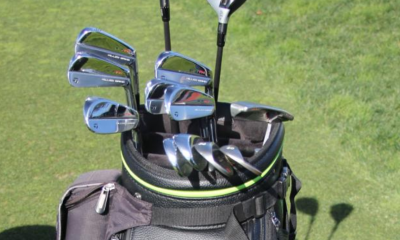

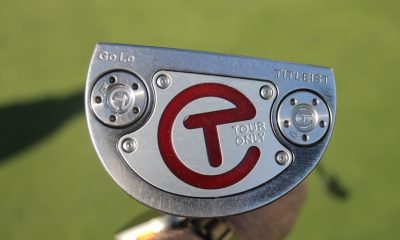

Greg V
Aug 15, 2016 at 12:49 pm
Eugenio Saraceni – who is this violin player of which you speak?
Flavastalloni
Aug 14, 2016 at 9:51 pm
Tom Morris Junior perfected the rutclub shot from off the green which won him his Opens
Pe
Aug 14, 2016 at 2:35 am
I also have this recurring nightmare that while I play a links course in Scotland in the brutal winds and I go to take a pee in the gorse bush, the wind would blow so hard the pee would splash up and hit me in the face